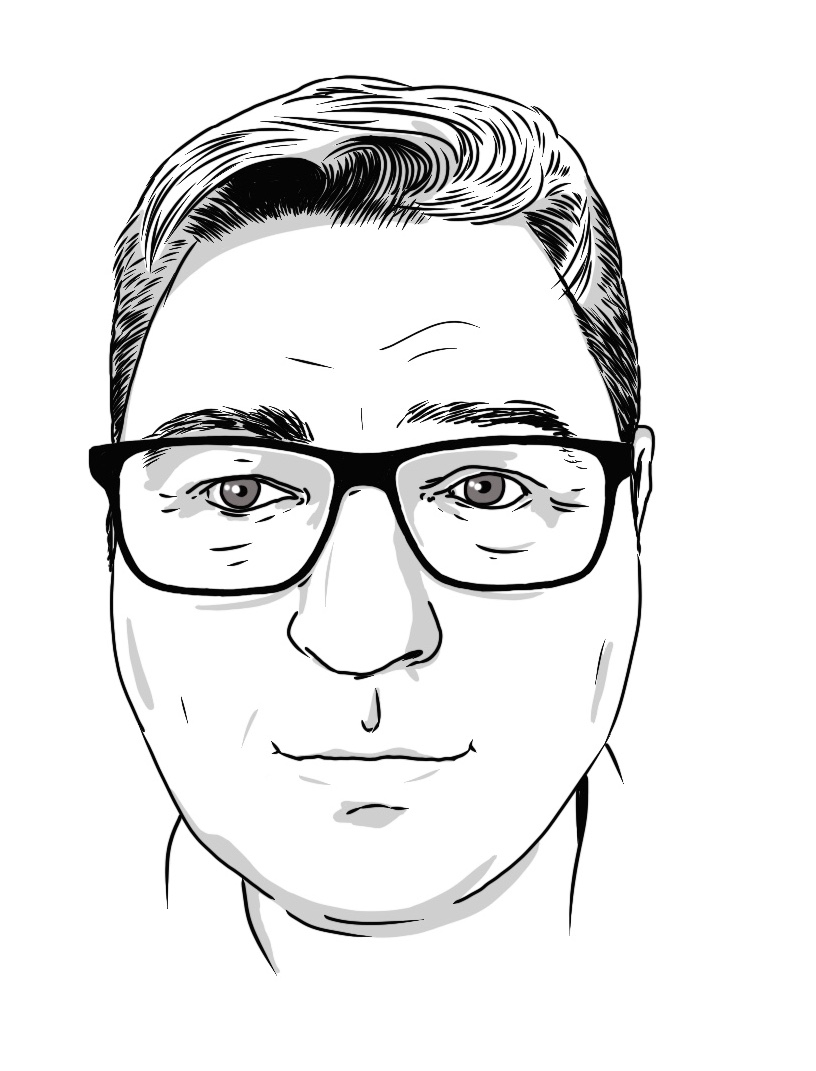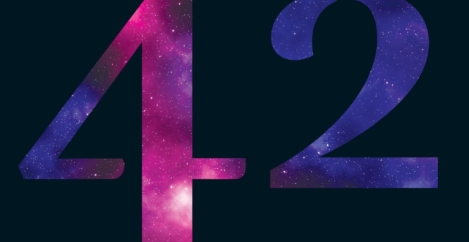January 22, 2025
The constant craving to put numbers on working relationships
 The answer to the great question of life, the universe and everything is not 42, as you may have been led to believe. It’s 1/137 (or near enough). This is the greatest of the two dozen or so universal constants. According to current thinking, without the physical and quantum relationships it describes, the universe as we know it could not exist.
The answer to the great question of life, the universe and everything is not 42, as you may have been led to believe. It’s 1/137 (or near enough). This is the greatest of the two dozen or so universal constants. According to current thinking, without the physical and quantum relationships it describes, the universe as we know it could not exist.
It makes sense to try to understand physical systems in this way because they generate observable and measurable data which can be replicated. But there’s also an impulse we have to try to define and manage human relationships with numbers in similar ways. And it’s likely to find an outlet as the world generates more and more information about the ways in which we interact.
This phenomenon isn’t new, although it has gathered momentum as the digital workplace aligns in new ways with the physical office and other places of work. It will no longer be enough to create offices that ostensibly engineer serendipity, but more likely try to randomise collisions between people by putting them in a space like marbles in a tin. Nor can we rely on tech to meet all of our hardwired needs for interaction and networking.
So, as well as the study of data science, new methods of managing work and designing physical, digital and cultural space will draw on softer fields of study such as psychology and anthropology. We’ll measure how people interact and, as we know, what gets measured, gets managed.
One of the first people to apply a number to working relationships was inevitably everybody’s favourite whipping boy when it comes to workplace theory. Frederick Winslow Taylor, not content with developing the idea of scientific management which aped the time and motion studies of factories to office life, also tried to restrict the size of working groups to four.
This was not based on any empirical study, but instead his own dyspeptic instincts. He believed that working groups in factories should be restricted to four. Any more than that would see management ceding control of the individuals in the group – and hence their productivity – to the vagaries of peer pressure.
The cocktail effect
This form of misanthropy eroded over time. In the late 1950s, C Northcote Parkinson introduced the world to his eponymous law that is still cited to this day – work expands to fill the time available for its completion. The law is part of a much broader look at the functioning of large organisations and the efficiency of groups and individuals.
In his sardonic 1957 book Parkinson’s Law he sets out advice on what time to arrive at a cocktail party (not aged so well), how to select job applicants, the best age at which to retire, and something he calls injellitance, defined as the disastrous rise to authority of individuals with an unusually high mix of incompetence and jealousy.
One idea presented in the book that does seem to hold up well is his idea of the coefficient of inefficiency. This suggests that beyond a membership of about 20, any working group becomes increasingly less efficient. It was an idea tested by researchers in 2008, who confirmed the basic premise of the idea. They concluded that a group that grows larger than 20 shows a marked change in behaviour and argued that this has significant implications for the way organisations and decision-making bodies should be structured.
Although still focussed on the dynamics of the organisation, the book showed a new inclination to observe them through the prism of human behaviour. This was not something to be suppressed as with Taylor, but to be understood, and gently mocked.
In 1973, the economist Ernst Schumacher wrote a world-changing book called Small Is Beautiful. The title endures as a cliché but it is the subtitle that is most telling: Economics as if People Mattered.
Paying attention to this shift was Charles Handy who later wrote in his 2019 book 21 Letters on Life and Its Challenges: “I was tempted to steal that subtitle for my own book three years later on organisations and call it ‘Management as if People Mattered’, because that was at the heart of what my message was going to be. I came to realise that if people truly mattered then it was better that they worked, if at all possible, in situations where everyone could know each other. For how can you trust or rely on someone whom you never meet? Humans need human-sized groups to be at their best. Small is better if not essential to get the job done properly.”
Handy’s own work draws on this notion as well as his insights into the human condition to frame the optimum size and shape of organisations, a topic covered in detail in the last issue of IN Magazine. It’s telling that over time Handy’s work has shifted from a focus on organisational structures to more philosophical notions about how to find meaning in work, especially when all of the old certainties about skills and careers have been swept away.
Tribal instincts
One of these certainties is that networks are primarily based on our physical interactions. The growth and increasing sophistication of online networks, accelerated by the lockdown has demonstrated the complexity of group dynamics in the modern era.
Perhaps the most prominent idea that is used to frame this conversation is Dunbar’s Number. Although this came to prominence in the 1990s so has become synonymous with the Internet era, the idea is rooted in anthropology. Its creator Professor Robin Dunbar postulated a correlation between primate brain size and average social group size, concluding that the number of stable relationships a human could maintain comfortably was about 150. (148 was the number he originally calculated but this is an inexact science with a degree of statistical uncertainty).
There are limits to this. Charles Handy has described the Dunbar number as describing the numbers of people on a Christmas card list, although these days Dunbar’s original description might be less dated. He described it as “the number of people you would not feel embarrassed about joining uninvited for a drink if you happened to bump into them in a bar”.
In many ways Handy’s ideas about optimum group size hark back to Parkinson’s Law. “In my experience, 150 is pushing it,” he wrote. “I like the bit of Dunbar’s research where he says that our levels of intimacy go up in multiples of three. We may have just five people whom we know intimately and trust implicitly: our best friends. At the next levels, there are 15 good friends or mates whom we are always delighted to be with, 45 whom we see occasionally, perhaps work with, and 135 that make up our Christmas card or Facebook list of friends.
“I have found that for me, 45 works best as the maximum size of a work group. And when a manager tells me that the organization has grown to 100 people, I say, “Be careful. You will now start to introduce specializations and departments; you will become more bureaucratic, a machine.”
It might be more useful in these terms and in the modern era to distinguish between tribes and networks, as the writer Harold Jarche argued in a 2011 piece. While the Dunbar number may be hardwired to an extent based on the experiences of our species over millennia, we must also acknowledge the growing influence of loose ties in the networked age.
Here too we find another academic discipline intruding into the debate. A 1973 paper by Mark Granovetter in the American Journal of Sociology points out that while our immediate connections might be limited, these tribal connections overlap with those of other people to create a broader network of weak ties.
These can be very powerful in their own right, albeit that their dynamics are different to those of personal networks. But it may be useful to distinguish the different types of networks to which we belong when we create the spaces and technologies we need to work. We cannot simply swap out our tribe for a network of loose ties. Nor can we limit ourselves to our tribe, when we have all the opportunities that a broader network offers.
At the same time, we must not become fixated on the data. While the rapid shift to remote working may have proved that productivity does not fall when people work away from the office, that is not the only way we should measure work. If we do, we risk returning to the output fixations of scientific management.
We might have thought we’d consigned Frederick Taylor to history, but it’s clear that the impulse to measure and distrust is never far away and we have more and better tools to act upon it, wherever people might work. This is happening even though we know that when we measure what people do, we change what they do, often encouraging them to work knowingly against the wider objectives of the firm.
As the management researcher and author Jerry Z Muller points out, “The most dramatic negative effect of metric fixation is its propensity to incentivise gaming: encouraging professionals to maximise metrics in ways that are at odds with the larger purpose of the organisation”.
God does not play dice with the universe, as Einstein once said, so neither should we with the relationships between people.
This originally appeared in IN Magazine

Mark is the publisher of Workplace Insight, IN magazine, Works magazine and is the European Director of Work&Place journal. He has worked in the office design and management sector for over thirty years as a journalist, marketing professional, editor and consultant.












